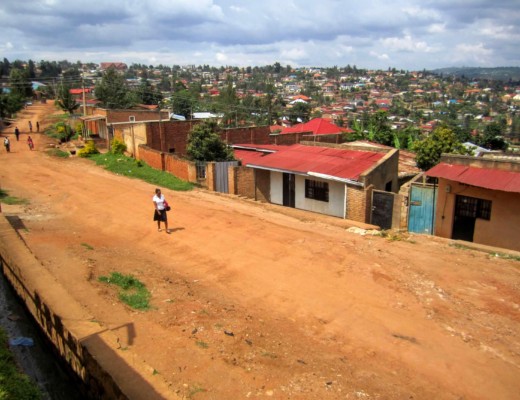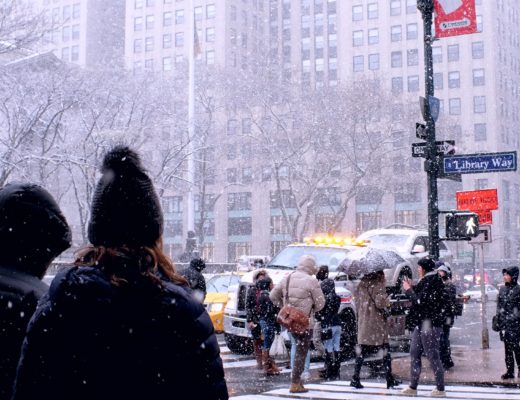I have been called “baby”, “darlin’” (pronounced “daa-lin”) and “sweetheart” (pronounced “sweet-hot”) by countless strangers, including middle-aged men. I learned how to measure tire air pressure, including filling four car and two bicycle tires at a gas station. I detoured down a nearby sidewalk on my bicycle due to a high school marching band rehearsing along a side street. I have officially lived in New Orleans for two weeks. In that time, these three experiences have summarized my limited (but quickly increasing) knowledge of this Crescent City.
“Good morning, sweet-hot.” People in New Orleans seek connection. They wave hello to fellow walkers, talk to strangers in grocery store lines and stop unfamiliar faces in neighborhoods to inquire about a person’s story. Affection flows through the locals’ bloodstreams as if part of their genetic compositions.
Even the cab drivers show affection to their riders. On my first ride home from the French Quarter, my cabbie asked for his fare of “12 dollars, baby” as we approached my apartment. The middle-aged man’s request caught me off-guard, and I paused briefly to clear my alcohol-muddled mind. I now live in New Orleans where “baby” means endearment, I reminded myself, not downtown Chicago where it means offense.
One of Tulane’s faculty members warned in my first week of graduate school that some of us will not be used to this warmth of New Orleans’ locals. She mentioned that some of us students may be from the Northeast where “looking passing strangers in the eyes can be invasive.” The New Yorker in me laughed, as I resonated with this statement.
I pumped my tires. Many of New Orleans’ roads remain damaged from Hurricane Katrina. The disaster’s flooding left potholes and uneven pavement along side streets and even the city’s main roads. I spent my first week driving a friend’s small, two-door Hyundai over the rocky pavement. It felt more similar to driving my family’s boat across the choppy waters of Lake Ontario.
The jutting concrete makes sidewalks near impossible to cross in one straight path. Instead, it usually involves a high step over raised stone or veering into the grass to circle around deep holes. I watch the ground when I walk or bike down streets or sidewalks, as I have already tripped on several occasions as a result of the uneven cement.
Cars occupy space around air pumps nearly every time I pass gas stations. One friend told me he has popped nearly 10 car tires since moving to New Orleans five years ago. Road and bridge reconstruction takes place nearly every day in New Orleans, proving a strong illustration of the city’s continuous post-Katrina rebuilding.
Ride me around the marching band. The culture of New Orleans screams music louder than this travel-lover has witnessed in any other city. Not only do the locals love music, but they inflate the air with it. Live bands play in bars around the French Quarter, while other artists line streets outside these bars with their tubas and harmonicas. In the Uptown neighborhood, locals can hear students rehearsing for band practice through open windows and in school parking lots.
My bike ride to “make groceries” – the local term for “grocery shopping” – several days ago led me onto a street of about 50 high school students, each dressed in uniform with either an instrument or baton in hand. The marching band had been rehearsing after school and took the entire width of the one-way street to do it. My transportation allowed for an easy detour, but cars began forming a line behind the forward-marching group – and, most impressively, without honks or yells from a single driver. Instead of becoming impatient, the drivers simply carried on with their days as the sounds of jazz lingered through the streets. This unbroken music culture walks proudly down the broken New Orleans roads, proving that the city’s spirit remains strong.
While these three experiences best summarize what I have learned about New Orleans so far, I continue to absorb new terms and cultural habits daily. I now know that “neutral ground” is a road median, and locals park their cars there when threatened by city floods. People get “down from the car” instead of “out of the car” and commonly ask “where ya at?” instead of “where are you?”
The city has been noticeably affected by natural catastrophe. The resources are limited. Some neighborhoods remain mostly vacant. The New Orleans energy, however, holds visibly strong as locals fill the city with those jazzy smiles, welcoming waves and friendly hellos.



No Comments